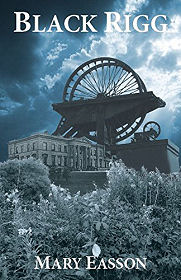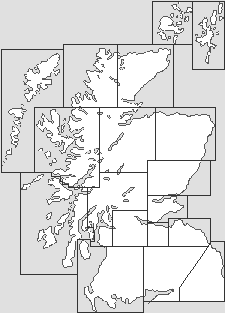 |
Linlithgowshire in 1910 was a place that would have been scarcely recognisable to modern residents and visitors to West Lothian, the name by which the area has been known since 1921. The eastern half of the county, abutting Edinburgh, was extensively undermined by the oil shale industry, while the western half was home to many coal mines. The easiest way to tell which part of the county you were in was by the colour of the spoil heaps: oil shale created a distinctive red spoil, while coal mining produced black waste.
"Black Rigg" by Mary Easson is set largely in and around the fictional Linlithgowshire coal mining village of Blackrigg. We follow an extensive cast of characters as they tackle the day to day problems that confront them in a world that, though not much more than a century removed in time, seems in many ways totally alien to modern eyes. All the different strata of local society of the day are represented. The laird and his sisters live in the big house and manage Rashiepark Estate. The coal company is intent on turning a profit. The men working down the mines risk paying for the coal they extract with their lives every day, while their wives and families worry about them, or about one another. Meanwhile there are others such as the local blacksmith, the minister, the schoolteachers and the doctor who are also able to add perspectives on the society they are living in.
As the book runs its course we see what is in some ways a very insular world through the eyes of many different members of the cast. As a result the reader steadily builds a series of layers of understanding of a complex society, and gradually comes to realise that a world that initially seemed completely remote from the modern experience was actually the starting point for a century of change that shaped everything that followed and helped create the Scotland we live in today. The year 1910 has an immediate resonance for modern readers, as we all know that the Great War began four years later. "Black Rigg" is the first in what will become a trilogy of books, with the second dealing with the onset of war.
InformationPaperback: 320 pagesRingwood Publishing wwww.ringwoodpublishing.com 15 November 2014 Language: English ISBN-10: 1901514153 ISBN-13: 978-1901514155 Size: 12.8 x 2.8 x 19.8 cm Buy from Amazon (paid link) Visit Bookshop Main Page |
